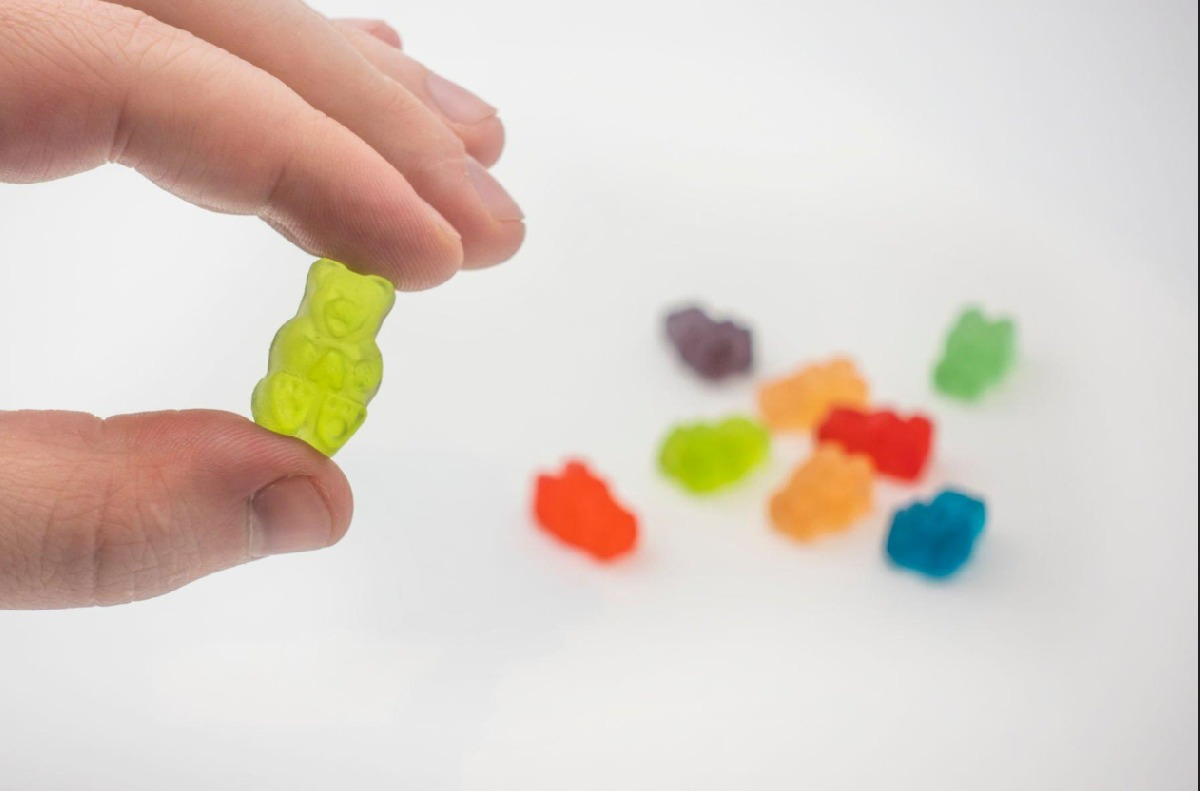THC Gummies still rule the edibles industry in the United States, especially among beginning marijuana users. In the six recreational cannabis states studied by a reputed company in California—California, Colorado, Michigan, Nevada, Oregon, and Washington state—THC gummies made up about $1 billion in retail sales and had more than 70% of the category’s market share.
This blog will discuss how the THC gummies industry has changed so quickly.
Table of Contents
Ways in which THC Gummies Industry changed
Attracting new competitors
Top businesses in the THC gummies industry concurred that edibles are crucial for luring new cannabis consumers who would otherwise avoid other consumption methods.
For instance, some new customers feel overwhelmed by intricate dab rigs or even the correct way to roll a joint.
Others find eating edibles simple, covert, and handy because they don’t want to breathe smoke.
Additionally, edibles can give a predictable amount of THC.
You purchase a chocolate bar, tear off a piece, and know precisely how many milligrams you’re receiving. It’s a simple product to grab and go.
Industry insiders reported that users between the ages of 30 and 45 appear to mostly use edibles to join the cannabis industry.
Provides a Healthier alternative to smoking
Patients who require larger amounts of THC from medical marijuana may wish to refrain from consuming a full-calorie chocolate bar daily to take their medication.
As a result, some consumers are looking for low- and no-sugar choices and emphasizing health and well-being when making purchases.
Some businesses are even looking at launching an edibles line without sugar. This is another popular reason for the rise of THC gummies.
Provides Low dosage, quick acting
Fast-acting edibles can help avoid the dreaded scenario when a customer takes a dose, becomes impatient, takes another dose, and discovers they have ingested too much.
These fast-acting gummies trends have been around for a few years but are essential to the market’s success. Therefore, fast-acting properties are a necessity.
A reliable, speedy result increases consumer confidence.
Nothing is worse than a horrible edible experience. Unfortunately, the future of the edibles sector may include a significant amount of fast-acting drugs.
Taste better
Consumers of edibles may desire some of the advantages of smoking raw flowers that aren’t commonly found in many other products, like terpenes and a wider variety of cannabinoids, as they become older and more sophisticated.
THC distillate, which is solid and reliable but doesn’t mainly taste like cannabis, is used to make the vast majority of edibles.
The legalization of marijuana has spread quickly, and this is seen to be the main element driving the market for THC gummies.

Over the forecast spell, the market for THC gummies is expected to grow significantly due to the relaxation of a good number of cannabis-related laws and regulations. Moreover, legalization of cannabis by several countries across the globe in recent months has played a role in triggering cannabis edibles demand from food manufacturers. Apart from that, the Canadian government legalized cannabis in 2019 on the rationale of relieving its medical problems and aiding in medical research. Nevertheless, the most significant catalyst predicted to stimulate the THC gummies industry is an increment of customers who opt edible cannabis than smoking cannabis because of the negative effects.
The market size for THC gummies is considerably limited because there is a deficit of appropriate industry data.
One of the most significant barriers to the market for edible cannabis is the absence of safety information and proper knowledge of edible cannabis in underdeveloped countries. Furthermore, throughout the expected era, it is predicted that the direct use of cannabis for recreational reasons, individual usage, and marijuana farming, together with a lack of data and strict government regulations, would restrain the worldwide market.
It is anticipated that the growing agricultural problem of marijuana testing will present a business opportunity for edible cannabis. Cannabis is self-pollinating because of biochemical processes occurring on the farm. As marijuana is a psychotropic narcotic created by adding saturated fat to hot water worldwide, which is generating worldwide opportunities, farmers are experiencing many challenges in agricultural fields.
The marijuana market has grown significantly in North America. For instance, recreational marijuana use was legalized in various U.S. and Canadian jurisdictions in October 2018. Therefore, it is anticipated that the legalization of marijuana and developments in clinical research will significantly expand the market for medicinal marijuana.
More about THC gummies and their rise to popularity
Currently, products containing both chemicals are legally available to 20% of Americans at the state level. Although hemp, which is defined as Cannabis sativa L. and cannabis derivatives with low concentrations of THC, was recently removed from the Controlled Substances Act by the 2018 Farm Bill, it is still illegal to introduce food with added CBD or THC into interstate commerce under the Federal Food, Drug, and Cosmetic Act.
Companies are researching a variety of consumer segments in places where cannabis is legal to create new types of gummies. They firmly believe that cannabinoids—especially non-psychoactive cannabinoids like medicated CBD—will become a new category of functional ingredients alongside probiotics and omega-3s.
Making sure the right amount of CBD and THC is used in new products, especially those touted for their functional advantages, is one of the hurdles. Accurate THC dosage is as challenging as it is crucial. For the majority of users, the distinction between 5 mg and 10 mg signifies the difference between feeling better and worthless. It is imperative that homogeneous mixing and stringent QC testing be used. Creating and adhering to strict SOPs is crucial since there is little space for error.
Conclusion
Ultimately, the edible market will belong to those who can operate economically within the legal constraints that can and will regulate cannabis in edible form. As a result, when this industry reaches maturity, it will be defined by a few manufacturers that have a deep understanding of the technical requirements needed to fulfill the promise of edible cannabis, mainly THC gummies. Manufacturers must also be ready to finance this research and push regulatory authorities for permission to undertake edible cannabis clinical trials.

